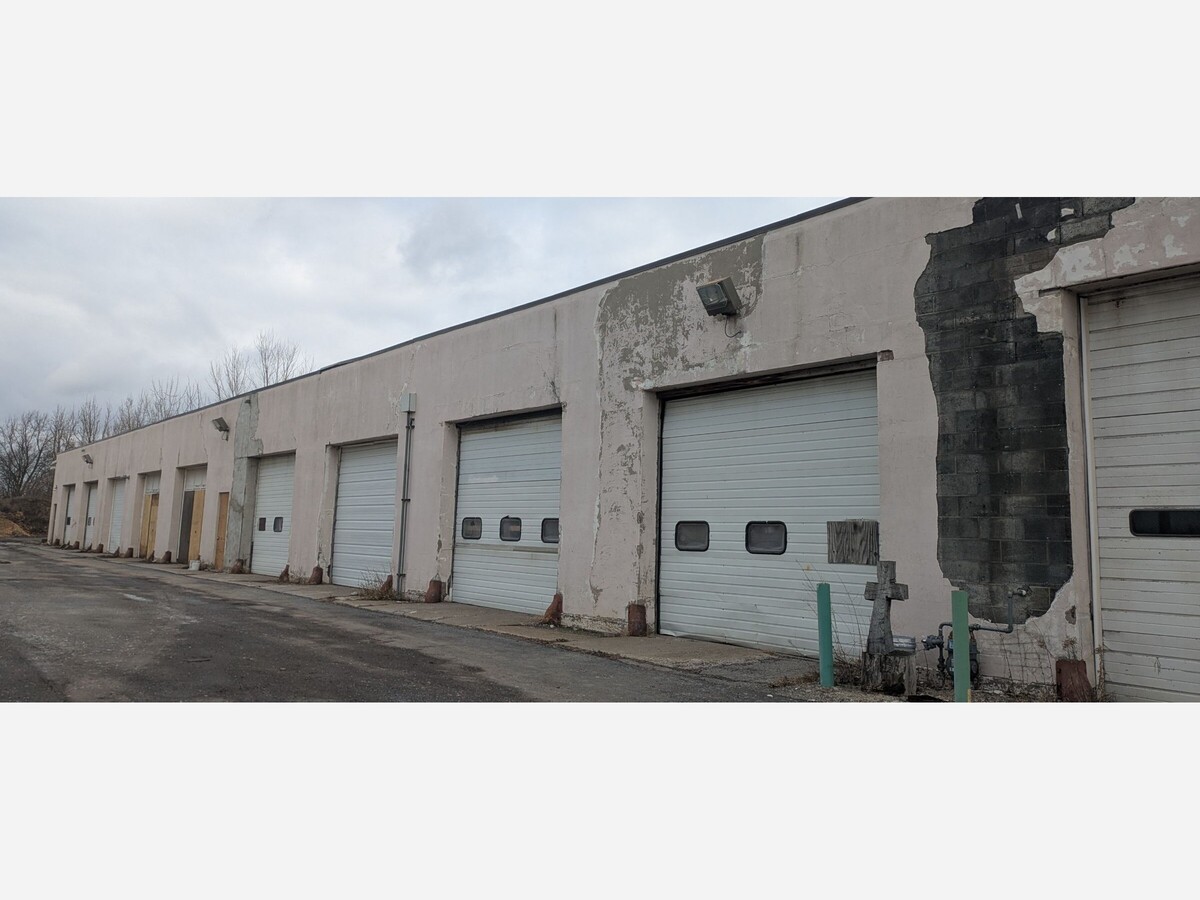Image

By Rick Pfeiffer
Niagara Gazette
(Courtesy of Yahoo)
(Editor’s note: The rancor at city council meetings is not reported on by Pfeiffer. He cares most about making sure he doesn’t report on the people who are upset and making the Mayor so scared half the cops on duty are required to keep the council meetings safe. The Greenway Commission funding for city parks will make a huge difference but it will do little to quell the animus between the council and its constituents.)
After a two-week delay, members of the Niagara Falls City Council voted Wednesday night to authorize Mayor Robert Restaino to enter into contracts for more than $2.8 million in improvements to 10 city parks.
City officials said the approval should allow the improvements to the affected parks to be completed in time for the 2025 summer season.
The expenditures are being funded through more than $3 million in grants from the Niagara River Greenway Commission. The city has described the spending as a “transformational investment in community green space, water and ecological resources.”
The greenway commission approved the funding by noting that it found the city’s proposed projects “consistent” with its objectives. The commission oversees the allocation of green space funds allocated by the New York State Power Authority under its 2017 federal relicensing agreement with seven Niagara County school districts and municipal governments, including the Falls.
Funding not allocated for work in 2025 will be used for additional park and waterfront restoration projects in 2026 and 2027.
The authorization for the mayor had been held up by questions from council members, and complaints from the public, over specific line item allocations, including more than $250,000 in roof and door repairs for a Department of Public Works storage facility, originally misidentified as being directed to the city’s planned new dog shelter.
Council Member Brian Archie (D), who supported the authorization, said he had reached out to the city and greenway commission officials to make sure the funding was being used for parks-related restoration.
“On the greenway, I trust their processes, so I investigated where the money was going,” Archie said.
Council Member Donta Myles (D) opposed the spending authorization, questioning why greenway funds were not being allocated to the proposed Beech Avenue Park project.
The bulk of the park restoration funding is directed to projects at Hyde Park, the largest park in New York state outside of Central Park in New York City. Included in the Hyde Park upgrades are the replacement of the Centennial and Oasis shelters and two other shelters at a total cost of $65,000. Another $26,5000 is earmarked for Duck Island and Little League comfort stations as well as a new John Duke senior center shelter at a cost of $17,000.
Other Hyde Park improvements include:
• Removal and relocation of the old marquee sign and installation of a new sign at Sal Maglie Stadium ($112,000)
• Installation of a new scoreboard for Sal Maglie Stadium ($150,000)
• Repurposing of a portion of the bowling green to a roller skating/ice skating rink ($110,000)
• Repurposing of part of the tennis courts for pickleball and basketball (a total of $79,000)
The commission allocation also calls for repairs to the park’s remaining tennis courts, volleyball courts and swings and repair and replacement of the playing surface at the inclusive playground.
Improvements proposed for other parks include installation or repairs of swings, benches, playground resurfacing, slides and other playground equipment and other park-maintenance items.